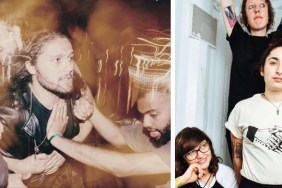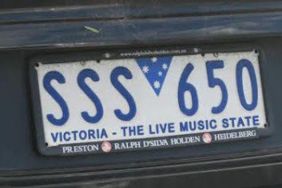Music Victoria have today released the findings of an independent investigation that has discovered that a slight change in state government policy would result in Victorian live music venues saving millions of dollars in costs. Should these policies be changed, the Victorian live music scene could once again flourish now Music Victoria has gone in to tackle the issue.
Under currently definitions put in place by the Building Code of Australia, Victorian venues are either classified as Class 6, which groups retail, bars, hotels, restaurants or Class 9B, which groups sports stadiums and airports. Should a Class 6 building offer live entertainment, it is then bundled in with sports stadiums and airports and is therefore required to meet the same safety standards. This is particularly troublesome for smaller venues such as Fitzroy’s Old Bar, as Music Victoria CEO Patrick Donovan discussed in a statement:
“In a nutshell, if a venue is dedicating more than 10% of its floor space to entertainment, it’s reclassified from a Class 6 building – which is basically the equivalent of retail shops – to a class 9B building, which is an assembly building: basically large sports stadiums, large schools and universities, even the airport. And the idea of [Fitzroy venue] The Old Bar requiring the same fire hazard compliance as the airport is fairly ridiculous.”
Any Class 6 building that offers more than 10% of it’s space to live entertainment is required to follow compliance rules, which could easily leave management in the red. Especially considering most of the state’s venues are located in Victorian-era buildings, which are notoriously expensive to modernise. In fact, Music Victoria made a preemptive strike against the red tape, hiring their own developer to crunch the numbers.
“We’ve actually done a hypothetical costing of what it would cost a traditional pub, a traditional Victorian building to basically comply to a 9B; we had a developer do some pro bono work for us. We got the original floor plans from the Punters Club, and they estimated it would cost $470,000 to become compliant with a 9B. So if you multiply that $470,000 by Victoria’s 560 venues, then that’s $263.2 million, which the music industry certainly can’t afford.”
The matter gets more complicated as there is a fine line between what’s classified as live entertainment and just entertainment, as Donovan points out:
“Our biggest concern is that it’s a lot easier for licensees and publicans to put up a big screen and put the footy on, or encourage the pokies, because 200 people watching a Socceroos game or the Ashes on the big screen is still classed as a Code 6 whereas if that’s suddenly a guitarist playing a few songs, even if he’s got half the crowd, that’s a 9B, so we feel that music’s being discriminated against there, just like it has been in some other areas like underage gigs.”
For once, it seems Rock City, Australia is looking to New South Wales as an example. Changes in policies here have resulted in dozens of small bars popping up, many of which offer live music.
“Little bars are popping up everywhere in NSW at the moment because they’ve deregulated liquor licensing and made it a lot easier, and their building code reform has helped that. NSW is really rejuvenating whereas Victoria seems to be losing a couple of venues at the moment…”
So far, Music Victoria have touched base with Red Tape Commissioner John Lloyd to address the issue, though it might not be until the end of this year that we see any real-time changes:
“However we are also going through the very long-winded process of making a very detailed submission and making a consultation … and then there’ll be approvals by a number of boards and the Planning Minister and possibly 1 May next year it might be implemented.”
Following the news that The Palace Theatre would potentially become a luxury apartment block, Music Victoria’s claws are now officially out.
(Via Arts Hub)












